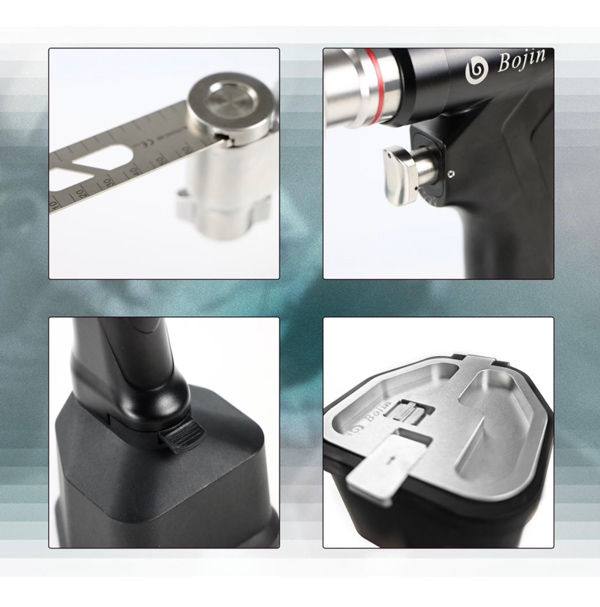Origin and Birth
The rudimentary form of orthopedic electric tools can be traced back to the mid-20th century in Europe. In the 1950s, Swiss engineers collaborated with German medical experts to introduce industrial electric drill technology into the field of orthopedic surgery, developing the first medical bone drill. This groundbreaking invention was born at the affiliated hospital of the University of Zurich in Switzerland. Its original intention was to address the problems of low efficiency and large trauma of traditional manual bone chisels. In 1963, the German medical device company Synthes (now part of Johnson & Johnson) launched the first commercial orthopedic electric drill, marking the official entry of orthopedic surgery into the era of electrification. Although the early equipment was bulky and had limited functions, it already demonstrated efficient control capabilities for bone cutting and drilling.
Medical Revolution in Work Performance
The core value of orthopedic electric tools lies in their **precision, controllability and minimally invasive nature**. Compared with traditional manual instruments, electric tools can reach rotational speeds of tens of thousands of revolutions per minute. Combined with different-shaped drills and saw blades, they can achieve bone cutting with millimeter-level precision. For instance, the electric burr used in spinal fusion surgery can precisely remove diseased vertebrae without damaging nerves; in joint replacement surgery, the electric oscillating saw can complete personalized bone shaping based on three-dimensional modeling data. According to statistics, after using electric tools, the average time of orthopedic surgeries is shortened by 40%, the intraoperative blood loss is reduced by 60%, and the postoperative infection rate is decreased by 35%. In 2018, clinical data from the Journal of Orthopedic Research showed that the fracture reduction accuracy error assisted by the electric navigation system is less than 0.3 millimeters, significantly improving the postoperative quality of life of patients.
Technological Iteration and Development History
The evolution of orthopedic electric tools can be divided into three stages:
1. Mechanized Era (1950-1980): Powered mainly by DC motors, the tools mainly focused on drilling and cutting, but lacked intelligent control and relied on the doctor’s experience.
2. Digital Era (1990-2010): Pressure sensors and speed feedback systems were introduced. Representative products include the TPS system of Stryker Company (Intelligent Power Platform), which can monitor bone density in real time and automatically adjust torque to avoid intraoperative bone fractures.
3. Intelligent Era (Since 2010): Combining AI algorithms with image navigation, such as the Midas Rex robotic arm of Medtronic, it plans the path through preoperative CT three-dimensional reconstruction and achieves sub-millimeter operational accuracy. In 2021, China’s independently developed “Tianji” orthopedic surgical robot combined electric tools with 5G remote operation to complete the world’s first intercontinental robot-assisted orthopedic surgery.
Bojin (since 1993)has many different power tools now, revolutions and update, still blossoming until now.
Future: From Tools to Ecosystems
Currently, orthopedic electric tools are evolving towards the direction of **integration and biologization**. The antibacterial-coated drill developed by Israeli NanoTextile Company has reduced the risk of postoperative infection to less than 0.5%; the 3D printing electric tools by Carbon3D can fabricate personalized bone plates in real time during surgery. What’s more exciting is the “Intelligent Bone Repair System” – through implantable electric micro-devices to stimulate bone cell regeneration, this technology led by MIT has entered the animal experiment stage and may completely revolutionize the treatment mode for bone defects.

